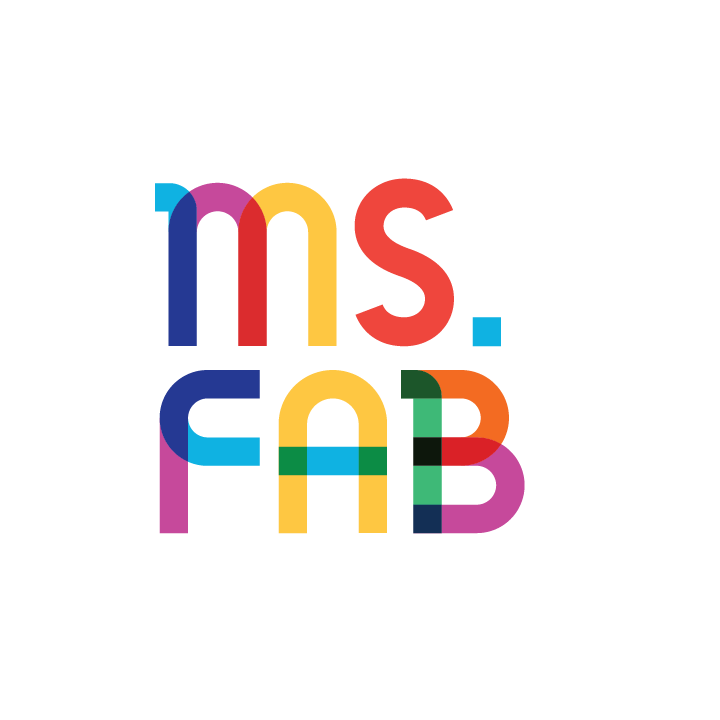Flow State
Video games have unlocked the secrets of flow state.
Let’s talk about the flow state in video games, and how we can make learning more captivating.
Jane McGonigal, PhD game designer, explains that games engage us because they put us in that “perfect state between feeling bored and feeling overwhelmed.”
“You are always playing on the very edge of your skill level, always on the brink of falling off. When you do fall off, you feel the urge to climb back on.” — Jane McGonigal
In other words, games put us into flow state , a psychological state discovered by Mihály Csíkszentmihályi.
Csíkszentmihályi grew up in Europe during World War II. He was struck by how many adults struggled to live a normal, satisfying life after the trauma they experienced during the war. As a result, he decided to study what contributes to a life worth living.
In order to do this, Csíkszentmihályi pioneered a new kind of research called the Experience Sampling Method.
He asked people to record their activities, emotions, and other metrics at random intervals throughout the day. Through extensive study of this data, Csíkszentmihályi found that everyone described the same experience when at the height of enjoyment.
He called this experience “flow state.”
In flow, we’re entirely absorbed in a single task. We’re totally aware of the present. We feel in complete control. We go into the zone. Time melts away.
Flow is the main reason why we all love games.
Game designers work hard to develop experiences conducive to flow. They want to make it easy for players to feel “in the zone.”
To go into flow state, you need 3 things:
Clear goals
Unambiguous feedback
A "Goldilocks” challenge—not too easy, not too hard
Most importantly, you can’t go into flow if you’re doing it for money or attention. You need an activity that you find intrinsically rewarding.
Game designers use these tactics to focus all of the attention of players on the game. We tend to think focus is solely about raw willpower, but as game designers show us, it’s more about designing a context where your brain can go into flow.
This has huge implications for education! Think about it.
Kids learn extremely complicated skills in video games. Why, then, do so many of them struggle to learn in class?
Unlike games, classrooms aren’t designed for flow:
😵💫 Goals aren’t obvious to kids, even with great lesson plans
🤬 Feedback is ambiguous; they see displeased teachers, but they’re not sure why
🥱 Challenges feel forced and arbitrary, not inherently interesting
Sadly, a new trend has made things worse: teachers give points, rank kids on leaderboards, and award prizes.
They call it “gamification,” but it’s really “pontification.” (Read my article: Gamification vs. Pointsification here.) This hurts flow because it focuses on status and rewards instead of the task at hand.
Points aren’t always bad though. We use them at Synthesis for example, but to define goals and provide feedback, not to motivate kids.
If your “educational game” motivates players with points, it won’t create flow. The flow requires challenges that players find inherently interesting.
So, how do we design great learning challenges?
1. Set up unnecessary obstacles for kids to voluntarily tackle
According to Jane Mcgonigal, this is the defining feature of games, and the difference between work and play.
Consider how you’d frame a creative writing challenge.
🛠 Work: Finish your story by noon or you’ll lose iPad time!
🤸🏼♂️Play: Let’s see who can write the craziest story about grandma and turtles!
The second will likely induce flow because it's an invitation with unnecessary obstacles.
2. Use themes your kids like
This one is so simple but so important. If your kids prefer their best friend over grandma and trains over turtles, then change things up!
Kids need genuine interest in the challenge to go into flow.
3. Pick the right level of difficulty
For the creative writing challenge, you could adjust the required length, number of characters, or vocabulary words to make sure kids feel the right balance of challenge and empowerment.
4. Select authentic rewards
❌ an extra 20 minutes of iPad time
✅ a trip to see grandma and read your story to her
Be careful, rewards can backfire against flow! Make sure they focus kids on the challenge itself, not on what they get if they succeed.
With well-constructed learning challenges, we can create experiences that help kids use the best of their brains.
The benefits are massive: more focus, more enjoyment, and more empowerment.
All it takes is stepping into the shoes of a game designer.
I explore ideas like this in Fab Fridays, my newsletter on childhood education with a twist + new ways to learn.
Subscribe below!


